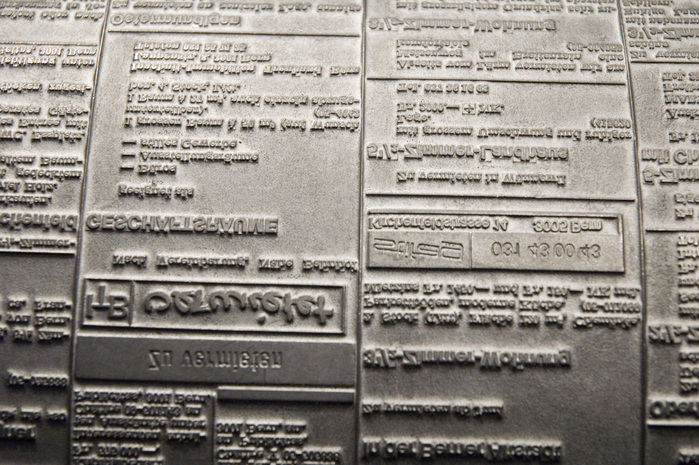
The Publishing Process?
STEP-BY-STEP BOOK PRODUCTION by Valerie Peterson
The book production process officially starts when the acquiring editor of the book submits a final, edited book manuscript to a copy editor. At that point, the manuscript is considered to be “in production” and the page layout and design process begins.
Note that the jacket design process happens in another department, in a parallel timeframe.
- Production
- Author Publishers
- Book Press
- Manufacturing
- Book Printers
- The copyeditor reviews the final manuscript for grammar, spelling, and consistency. He or she corrects errors and questions anything that isn’t clear in the text.
- The copyedited manuscript comes back to editor and author with queries from copyeditor. The author and the editor answer the queries and consult to finalize the text.
- The manuscript now goes for design and layout. For books that don’t have photography or illustration (sometimes called “art programs”), the author will likely not see the text again until the page proofs.
- For books with art programs: In art-, photo- or illustration-heavy books (such as cookbooks or coffee table books or do-it-yourself instruction books), the author is often looped in during the page design process.
- While the pages are being copyedited and reviewed, an overall design direction is determined for the book by the creative team and editor. At this point in the process, the author receives sample pages.
- Once a design is finalized by the team, an entire “dummy” book is created, and all parties review the page layouts, to fit copy, to gauge the appropriateness of art-to text–and to make changes, as necessary. There may be more than one dummy book stage to be reviewed.
The author receives the text laid out in page proofs (or the text and art in a dummy book, see above). At the same time, the page proofs are being reviewed by the editor, a proofreader and various members of the production staff. Typos are corrected and minor changes made. There may be additional back-and-forth and fine-tuning in layout and design that doesn’t involve the author.
For some books, uncorrected page proofs, galleys or ARCs of the book may be printed and bound for advance book marketing and publicity purposes.
During the next, final stages of production, printing and shipping, there’s usually a lull in activity for the author.
Once the pages are final, an index is created, typeset, and proofread. (Note: the author generally pays for the indexing; this is outlined in the book contract and the money is deducted from the advance against royalties).
- The files are now reviewed for any issues and prepped for manufacturing. Copies of the final, clean files (including artwork) are simultaneously sent to the printer for printing and binding, and to a file converter (either in-house, or freelance) who preps the files for the e-book version.
- Books come off press and advance copies are rushed to the publisher. Samples are distributed to the author, the editor and the agent, but the bulk are generally used for publicity mailings to media and for the sales departments to give to accounts.
- The books are packed and shipped to the publisher’s warehouse. The length of time for printing and shipping varies dramatically–from 3 weeks turnaround for an all-text computer book printed in the U.S. to months for printing overseas (which is the norm for most full-color books) and being shipped back via boat, going through customs, and trucked to the publisher’s warehouse.
- Finished books ship from warehouse to retail destinations, such as individual independent bookstores or national account distribution centers (as for Barnes & Noble or Amazon.com) where they are inventoried, unpacked, re-shipped (in the case of distribution centers) and shelved for consumer purchase in time for the on-sale date.
In a parallel timeframe to printing and shipping, properly coded e-book files are made available to the online retailers via data feeds from the publisher. The bookseller offers them for purchase and download by consumers through their websites.
Enjoy the video above, and please share your comments, suggestions and insights. Better yet, use the box below to create your own post, describing how your expectations about the publishing process have differed from your actual experience. What has surprised you most about the process? And how are you encouraged or disheartened by the many changes occurring in the industry? What changes would you like to see?
